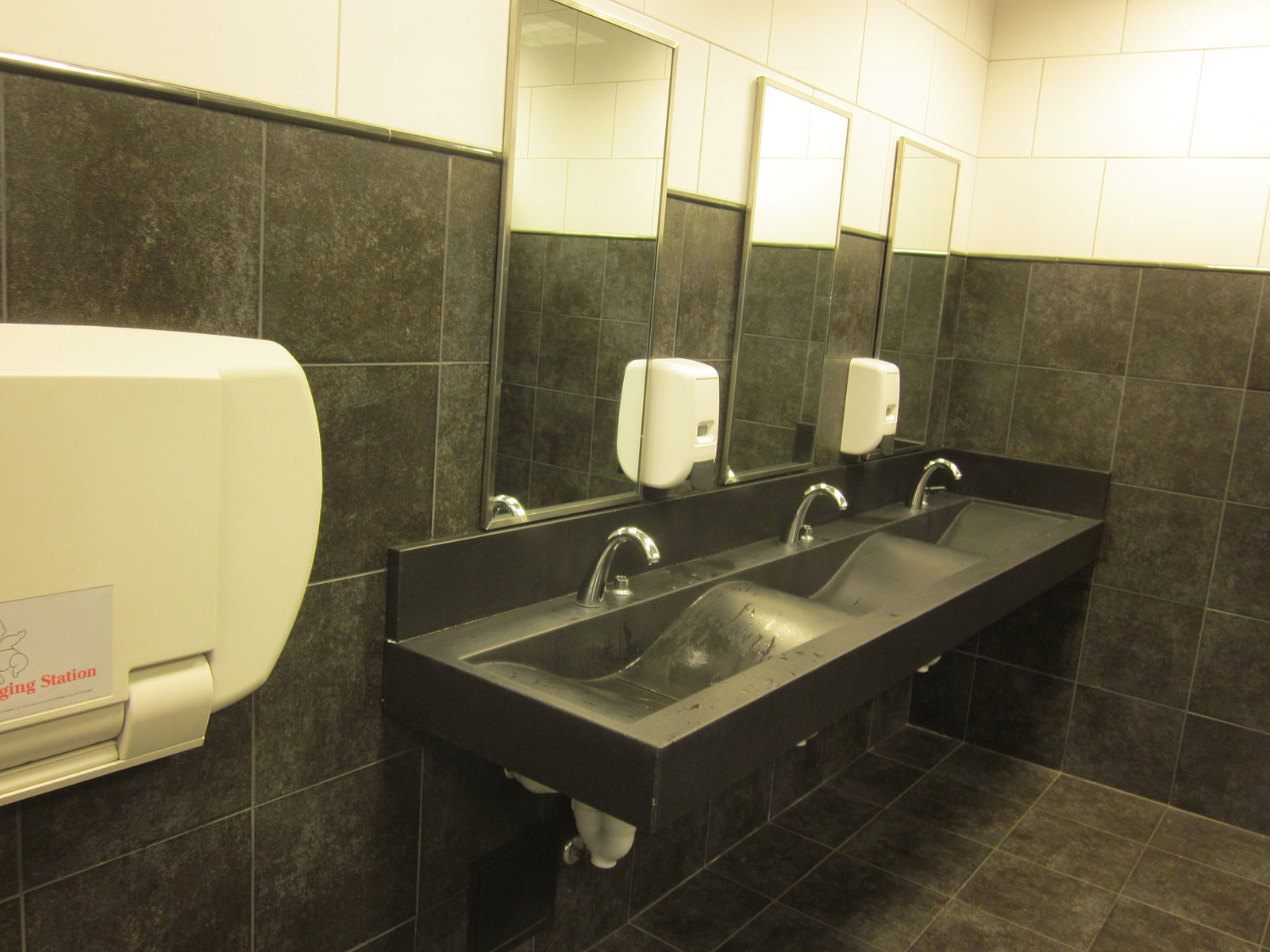 (412) 364-9114
(412) 364-9114

There’s nothing like that sinking feeling when you step into a puddle of water in front of your bathroom sink. You know that something must be leaking, but what could it be? Putting off repairing leaks can lead to mold in your walls, damage to your vanity and flooring issues down the road. This post will discuss common plumbing problems that can cause a leak underneath your sink.
The first thing to determine is where the leak is coming from. Remove everything from underneath the sink and dry the area out. Try to discover the source of the leak; this can be done by turning the water on to see the seepage, letting the drain backfill somewhat or by leaving a few paper towels underneath the sink to determine the location. Now let’s talk about the places where the sink is leaking.
If you have water squirting everywhere, this is probably the kind of water leak you have happening. Though you can sometimes get a slow seeping in the supply lines, the pressure in the lines usually makes it travel farther once it has escaped the lines. The lines usually attach from a shut-off valve to the fixture itself. Be sure when you put the items back together that you use teflon tape on threaded joints to help prevent seepage.
Though these are not as common as supply line issues, a faucet can begin leaking for a number of reasons. If you’ve had a hard freeze, the power has gone out or you otherwise suspect the fixture itself is dripping, it could be that the valve, cartridge or faucet stem inside the faucet can be broken and may need replacing. If it is a newer faucet that is still under warranty, you should find your manual to pursue warranty service of the faucet.
Your waste line could also be leaking if it has a loosened connection, isn’t vented properly or has a clog further down the line. Unfortunately, waste lines can be a bit of a bother to keep tightened up properly. If the connection has come loose, you can repair it by pushing the drain pipe back up into place and tightening the nut back down. If you have one that just won’t keep the pipe together, you could consider building a wire harness for holding the entire assembly together. You should also inspect the O ring connection and the threaded nut for cross threading, which can cause damage that leads to leaking sinks.
For frozen or clogged waste lines, the solution is easy. Remove the clog or ice, either through manual removal or using a drain cleaning tool, to help keep it clean and water flowing out as intended.
Your supply and waste lines should be checked regularly as part of your maintenance schedule, to make sure that they haven’t begun to seep or crack. If you don’t have them already, adding shut off valves to your bathroom plumbing can save you a lot of work by letting you cut off the water to the sink, bathroom or shower.
If you still are not able to sort out the problem or are just not comfortable in doing so, why not contact us for more information or to set up an appointment? We’ve been operating in the Pittsburgh area since 1984. Our highest goal is to provide superior customer satisfaction. Call, email or come in today!
Not sure what’s going on: An hour after shower, pipe from under bathroom sink (from main wall pipe to drain pipe) leaked like a sieve. 1-2 hrs. after cleanup, it was completely dry (tested with tissue)
Still dry. Cancelled plumber. Is this normal? What’s going on? Thank you,
Soaked and Confused